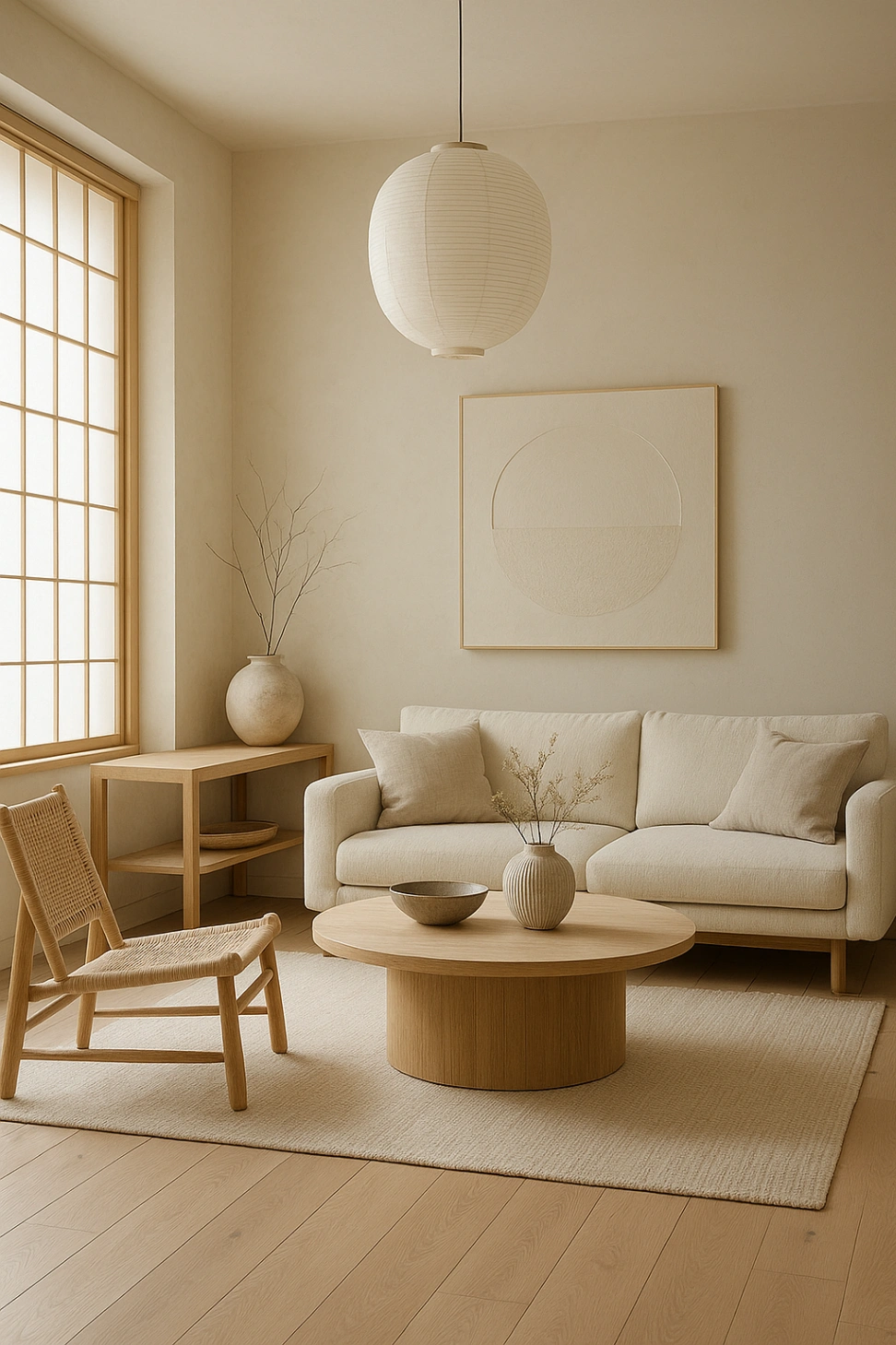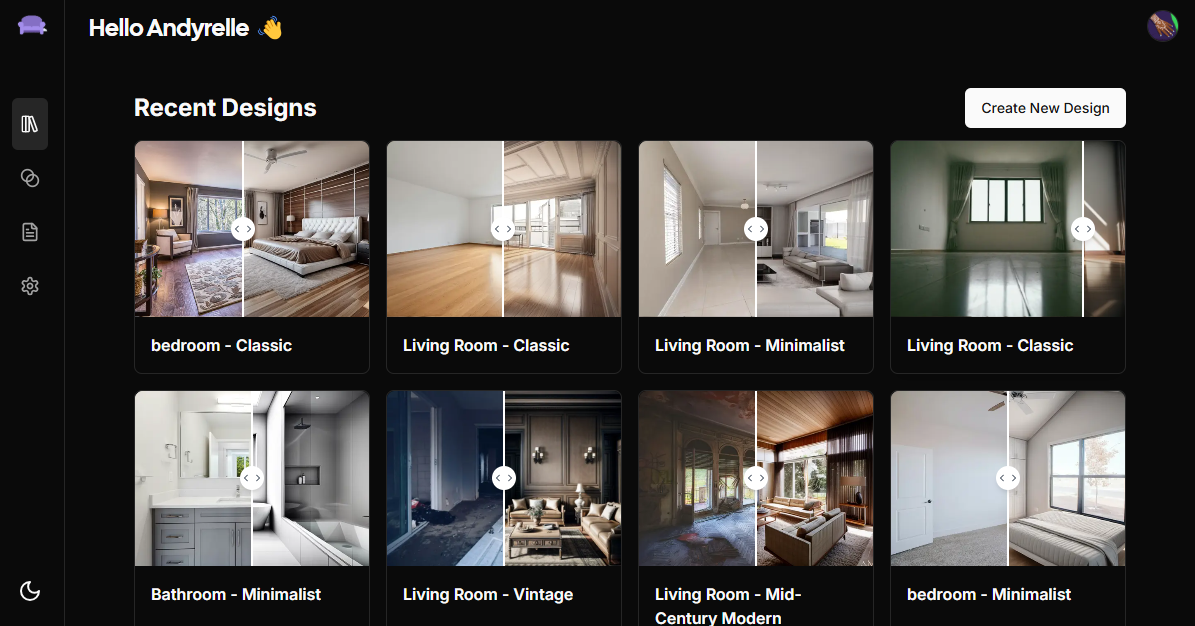
Japandi
A hybrid style that combines Japanese minimalism with Scandinavian warmth. Known for natural materials, neutral tones, clean lines and a calm, balanced aesthetic.
Japandi is that friend who owns exactly four shirts, a handmade ceramic mug, and somehow still makes their space look like it belongs in an architecture magazine. It’s not showy. It’s not trying to impress you. But the second you walk in, you kind of want to take your shoes off and exhale deeply.
At its core, Japandi is a blend — the clean, minimal philosophy of Japanese interiors meets the soft, inviting simplicity of Scandinavian style. It’s structure meets softness. Function meets soul.
You’ll see a lot of light wood. Not shiny or fussy, just natural, grainy and real. Oak, ash, beech — things that feel like they came straight from the forest but somehow also from the future. And then there’s texture: linen, wool, hand-thrown pottery, smooth stone. Even the quiet has texture in Japandi spaces.
Color palettes? Soft and soothing. No neon here. You’ll find earthy neutrals, smoky grays, pale clay tones, maybe a gentle charcoal or a hint of sage. Everything feels muted, like someone turned the volume down on the whole room. It’s a space built for being, not just doing.
[Furniture] (/glossary/category/furniture-and-fixtures) is low, clean-lined and close to the ground. Think platform beds, simple benches, floating shelves. Nothing too bulky or overdesigned. Everything earns its place. And every corner feels intentional — even the negative space matters.
But don’t mistake it for cold. Japandi is warm. It’s calm. It wraps you up in a kind of peaceful quiet that you don’t realize you’ve been craving until you’re in it. Maybe it’s the natural light or the way nothing is yelling for attention. Maybe it’s the fact that there are no tangled cords or fake plants collecting dust. Just real stuff, doing real work.
If you want a home that feels like a deep breath, that helps you slow down and pay attention — Japandi might be your soul match. It’s not about owning more. It’s about owning well.
FAQs
What makes Japandi different from minimalism?
Minimalism says “get rid of it.” Japandi says “keep it — but only if it’s beautiful and useful.”
Is Japandi warm or cool-toned?
It leans warm — soft woods, natural textures, and creamy neutrals are the heartbeat of this style.
Can I mix in color?
Yes, but gently. Think muted blues, soft greens, or a single rust-toned vase. Subtle is key.
Is Japandi expensive to pull off?
Not necessarily. Focus on fewer, better things — think quality over quantity, always.
Want to see Your Room Transformed in Seconds?
Upload a photo, select your style and let AI redesign your space instantly. Experience the future of home design today!
